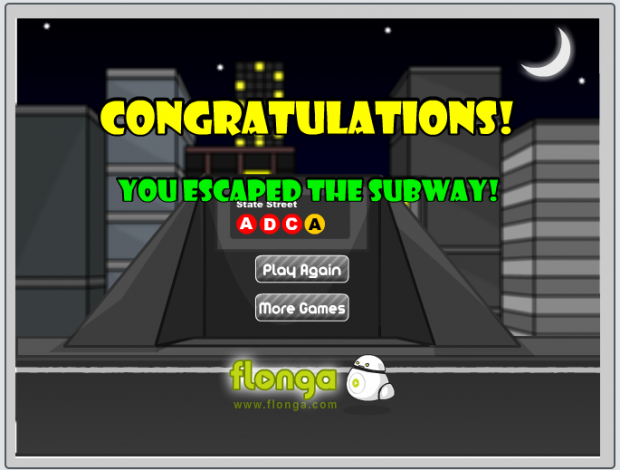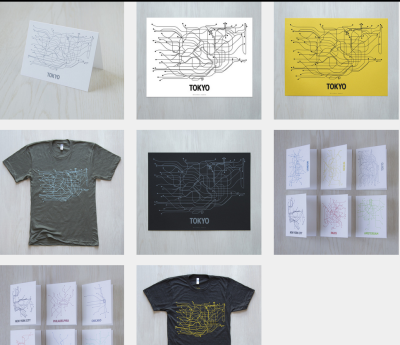Must Escape the Subway
http://www.traingames365.com/must-escape-the-subway/
I was looking for any projects that dealt with subway systems. I came across an online game entitled escape the subway. The game is an old fashion point and click adventure where the goal is to find different tools to gradually make your way out of the subway. The game revolves around the idea of a person being trapped in a subway train and needing to escape to the street above. I was looking for a project that captures the experience of being near a subway system, and while this project does do that, I did not find exactly what I was looking for. This project also seems to focus on the fears related to subway culture rather than the joys or exciting aspects.
Line Posters
http://www.lineposters.com/
This is a business that sells graphic designs based on transit systems. I am very interested in the track and network aspects of transportation systems, so naturally I approve of this project. I appreciate the transformation of a spatial system to their abstract conceptual 2D form as displayed to the public on maps and other information booklets. The work also captures the merging of lines. While the line images seem to be accurate, they are also rather sparse. I would appreciate seeing some more detail or figures on the Washington D.C. shirt although the sparseness is indicative of the planned proper nature of the Washington System.

